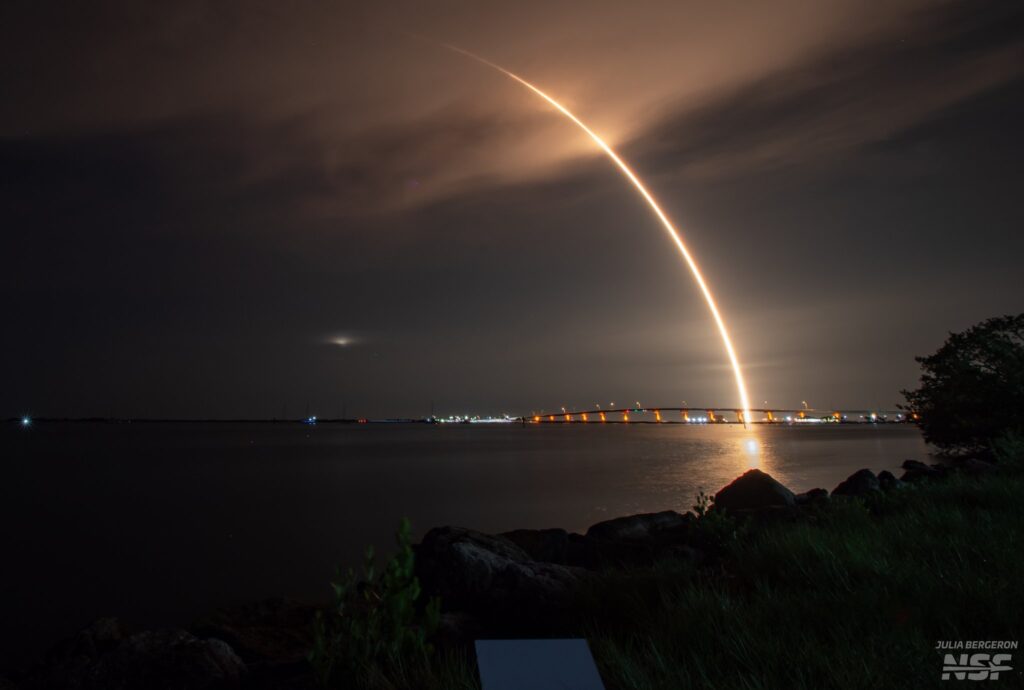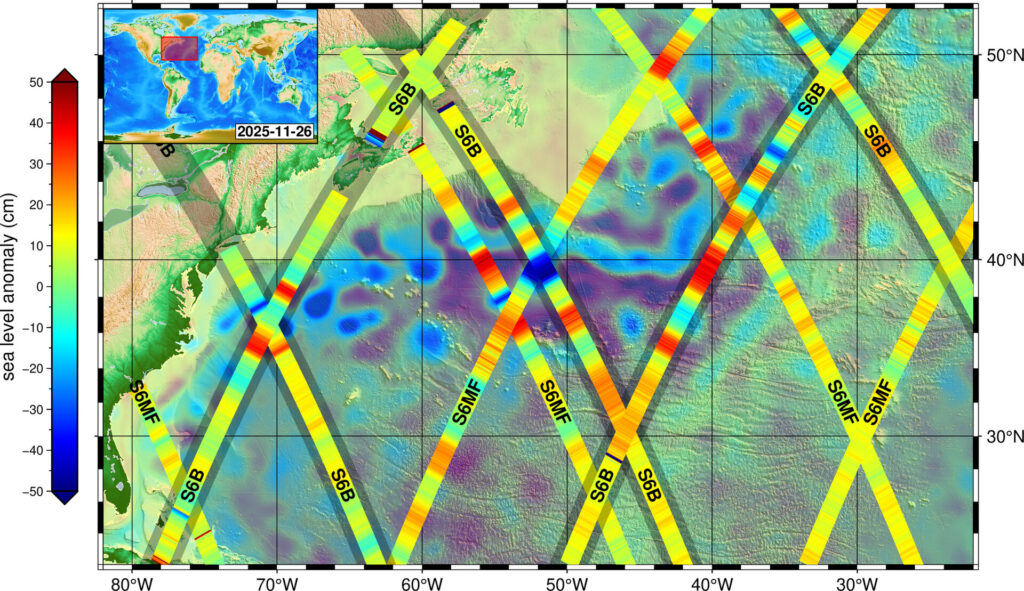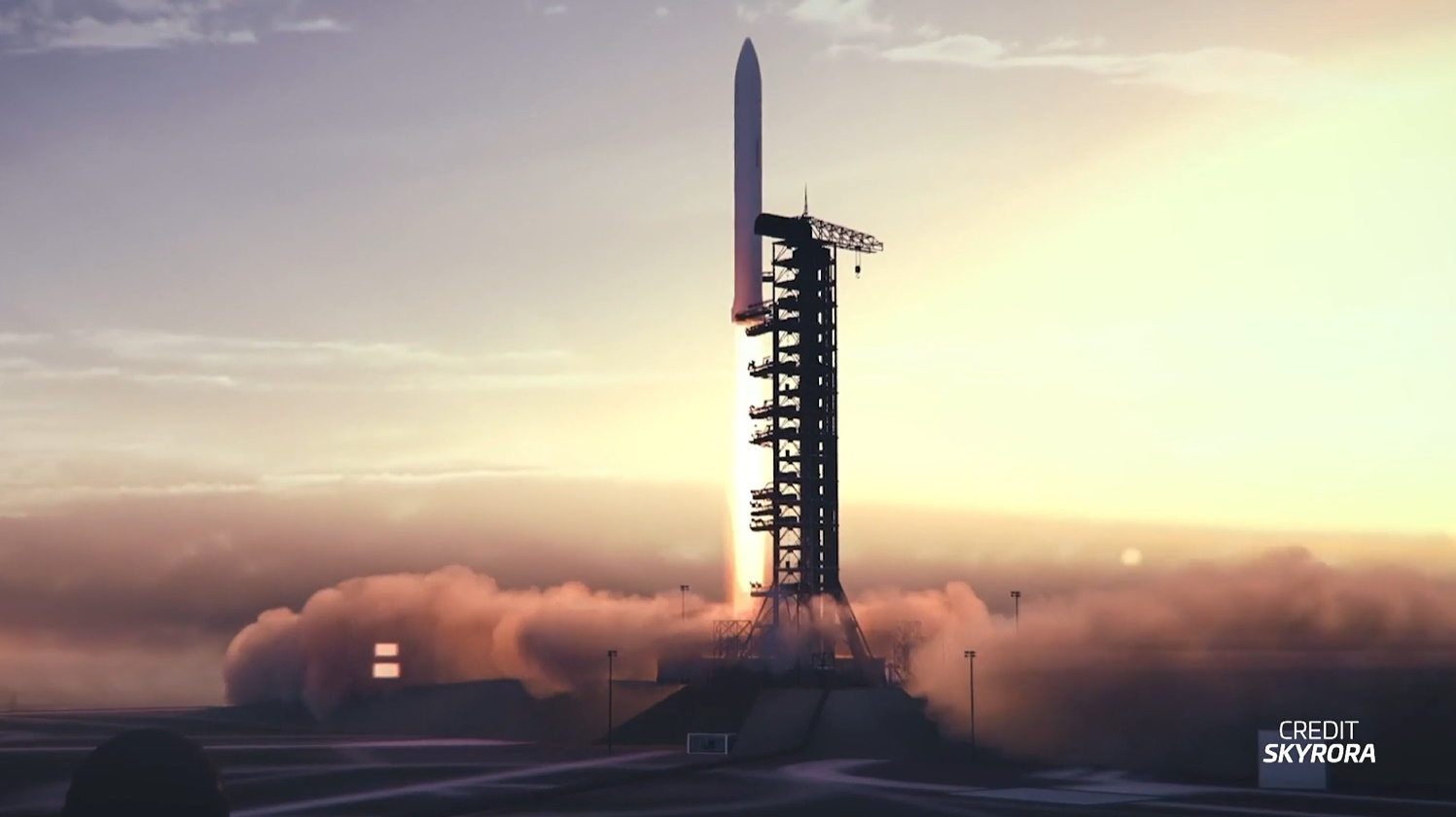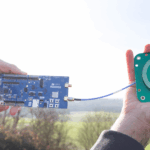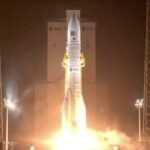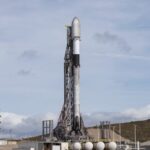Now Reading: MetOp-SG-A1 Satellite Encapsulated Ahead of Historic Weather Monitoring Launch
-
01
MetOp-SG-A1 Satellite Encapsulated Ahead of Historic Weather Monitoring Launch
MetOp-SG-A1 Satellite Encapsulated Ahead of Historic Weather Monitoring Launch
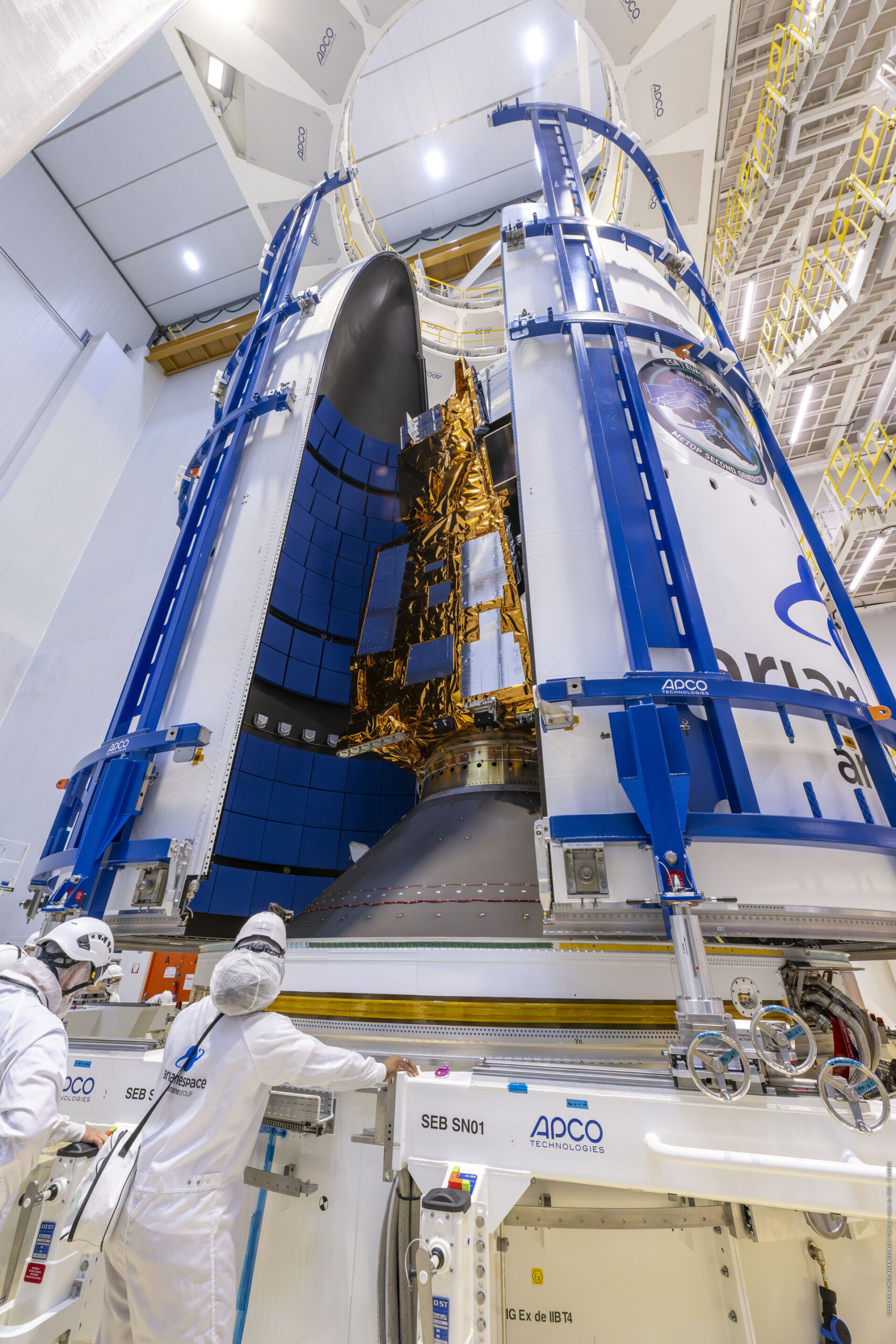

Excitement buzzes through the halls of Europe’s Spaceport in Kourou, French Guiana, as the dawn of a new era in satellite meteorology approaches. The MetOp-SG-A1 satellite, a cornerstone of the second generation of Meteorological Operational satellites, has been meticulously sealed within the fairing of the Ariane 6 rocket. This remarkable milestone marks not just a physical encapsulation but also signifies the culmination of years of collaboration, innovation, and design aimed at advancing global weather monitoring capabilities.
Since its arrival at the spaceport in mid-June, MetOp-SG-A1 has undergone a rigorous series of preparations. Each step, from the comprehensive checks of its systems to the handling of nearly 800 kg of volatile fuel, showcases the intricate ballet of engineering and logistics that precedes a successful launch. The sealing of the satellite, as expressed by ESA’s MetOp-SG Project Manager, Marc Loiselet, is an emotional moment for the entire team. “None of us will actually see the satellite,” Loiselet remarked. “The fairing will not be opened until three minutes and thirty seconds after liftoff.” A teasing anticipation lingers in the air, promising that the true spectacle will unfold in the vastness of space.
Each passing day intensifies the anticipation for the launch, scheduled for August 13, 2025, at 02:37 CEST, a moment that will herald the beginning of the MetOp-SG mission’s promise of enhanced weather forecasting and climate analysis. MetOp-SG-A1 is the inaugural member of a trio of satellite pairs designed to operate in polar orbit, ensuring a continuous stream of data for over two decades. The innovation embedded in this mission is not merely incremental; it represents a substantial leap in observational capabilities. The series comprises six instruments dedicated to atmospheric monitoring, including an advanced infrared sounder and the new Copernicus Sentinel-5 spectrometer.
-
Advanced Instruments:
- Next-Generation Infrared Atmospheric Sounder: This instrument enhances our ability to understand temperature and moisture profiles in the atmosphere.
- Microwave Sounder: It provides crucial information about precipitation and storm systems.
- Multispectral Imaging Radiometer: This instrument captures images across various bands to analyze surface and atmospheric parameters.
- Novel Multiviewing Imager: Offers unprecedented views from multiple angles, essential for studying cloud properties.
- Radio Occultation Sounder: A technique refined from previous missions that measures atmospheric profiles.
- Copernicus Sentinel-5 Spectrometer: This vital instrument will monitor air quality and climate variables.
ESA’s Sentinel-5 Project Manager, Didier Martin, emphasized the significance of encapsulating the satellite: “This milestone is not just a farewell to the satellite; it’s a leap towards understanding air quality and climate change through daily global data.” The integration of the Sentinel-5 instrument into MetOp-SG-A1 is particularly noteworthy, as it builds on the legacy of the Copernicus Sentinel-5 Precursor satellite. With this advanced imaging spectrometer, scientists will gain insights into key pollutants and climate variables crucial for both environmental monitoring and public health.
Looking ahead, the collaboration between ESA and Eumetsat ensures the MetOp-SG mission will effectively bridge the gap between past achievements and future needs. While ESA designs and builds the satellites, Eumetsat orchestrates their launch operations and data dissemination, creating a seamless operation that supports meteorologists and climate scientists worldwide. The combination of A-type and B-type satellites in the series facilitates a comprehensive monitoring strategy, catering to both immediate weather forecasting and long-term climate research.
The successful deployment of MetOp-SG-A1 and its companions will not only elevate our understanding of atmospheric phenomena but will also empower nations to make informed decisions regarding climate action and resource management. As we approach launch day, the fusion of technology and human ingenuity becomes a beacon of hope against the backdrop of accelerating climate challenges.
Stay Informed With the Latest & Most Important News
Previous Post
Next Post
-
 012024 in Review: Highlights from NASA in Silicon Valley
012024 in Review: Highlights from NASA in Silicon Valley -
 02Panasonic Leica Summilux DG 15mm f/1.7 ASPH review
02Panasonic Leica Summilux DG 15mm f/1.7 ASPH review -
 03From Polymerization-Enabled Folding and Assembly to Chemical Evolution: Key Processes for Emergence of Functional Polymers in the Origin of Life
03From Polymerization-Enabled Folding and Assembly to Chemical Evolution: Key Processes for Emergence of Functional Polymers in the Origin of Life -
 04How New NASA, India Earth Satellite NISAR Will See Earth
04How New NASA, India Earth Satellite NISAR Will See Earth -
 05And Thus Begins A New Year For Life On Earth
05And Thus Begins A New Year For Life On Earth -
 06Astronomy Activation Ambassadors: A New Era
06Astronomy Activation Ambassadors: A New Era -
07SpaceX launch surge helps set new global launch record in 2024












